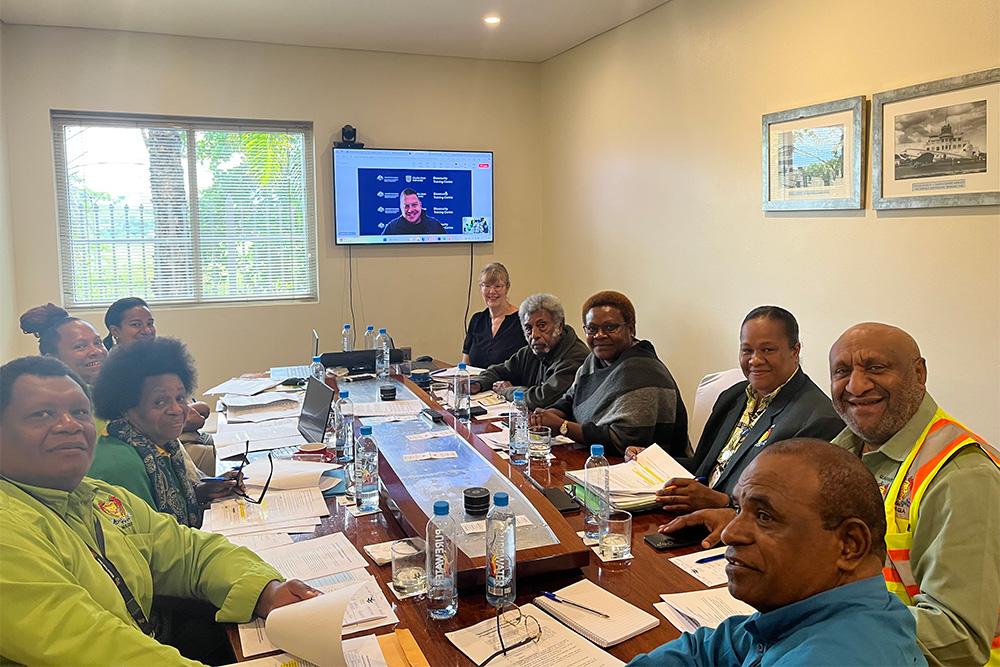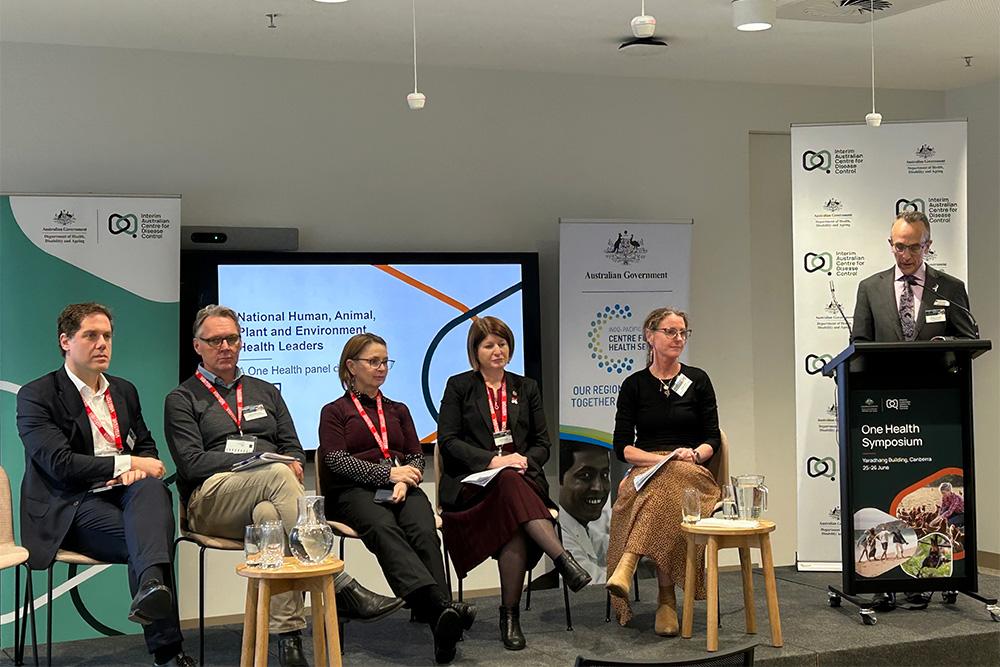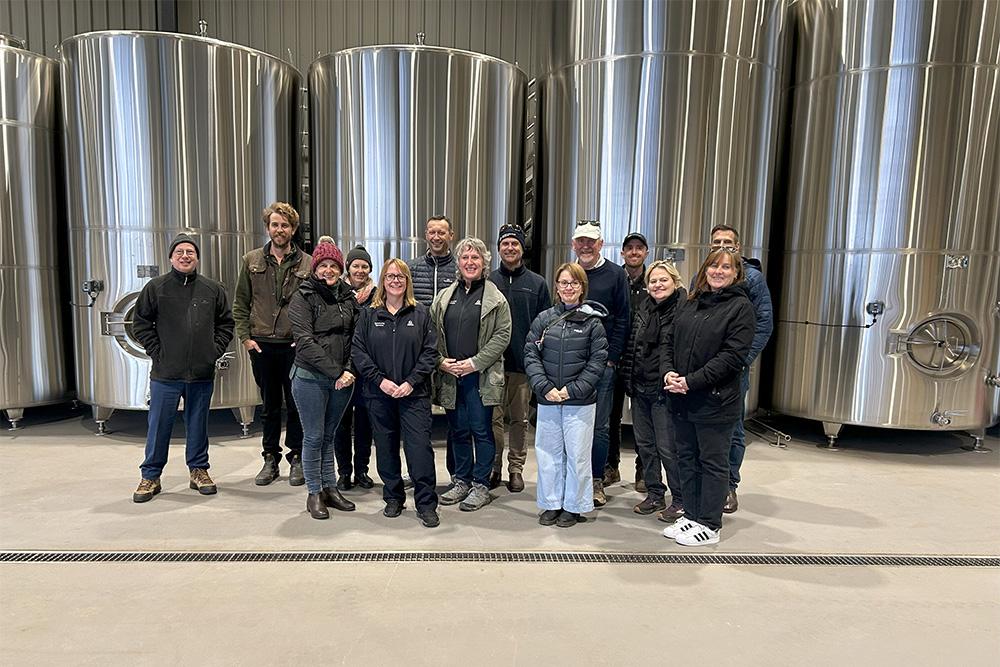Australia is strengthening its biosecurity capabilities with technology that identifies potential biosecurity threats in minutes, instead of hours. This is revolutionising how we protect our agricultural and environmental assets.
The department has deployed new identification technology that enables rapid, cost-effective identification of bacteria and fungi by comparing sample protein profiles against validated reference libraries. A bit like a sophisticated scanning system, the MALDI-ToF MS instruments, which stands for matrix-assisted, laser-desorption/ionisation, time-of-flight mass spectrometry, are already hard at work in the department’s laboratories in Melbourne and Sydney.
"The recent installation of a MALDI-ToF MS at a second of our department laboratories vastly improves our diagnostic services," said Dr David Nehl, Director of Plant Pathology.
"The new Bruker Biotyper system improves the consistency of our diagnostic service delivery across Australia. It is part of the ongoing, national, implementation and deployment plan for MALDI-ToF MS technology."
To identify potential threats, MALDI-ToF MS requires extensive reference libraries – similar to how a search in an online library can only reveal books that have been catalogued in its system. Bacteria are currently the most extensively identified plant pathogen, due to the large, commercially available ‘bacterial fingerprint’ libraries that already exist. The identification of fungal pathogens is not yet at the same level, but is continuing to expand.
The power of MALDI-ToF-MS technology lies in its capability to rapidly identify pathogens – but its effectiveness depends entirely on the reference libraries.
The Plant Health Committee - the peak government plant biosecurity policy and decision-making forum, has recognised this opportunity and agreed to a national, collaborative approach for developing reference libraries, including for MALDI ToF MS. As the reference libraries expand, so does the technology's usefulness across a broader range of plant pests.
The approach will improve access to reference libraries to significantly improve our national diagnostic capability and capacity, along with reducing costs to individual laboratories whilst improving efficiencies across the system. It will also facilitate sharing of skills and knowledge, enhance diagnostic standards nationally, and standardise development of reference libraries to ensure consistency and confidence in diagnostic outcomes.
A national steering group, representing the Australian government, state and territory governments, and observers from Plant Health Australia and the New Zealand Ministry for Primary Industries, oversees implementation of the national approach to the development and sharing of MALDI ToF MS reference libraries.
One of the key activities completed by this group has been the development of technical standards for MALDI ToF MS library development, which have been nationally endorsed through the Subcommittee on Plant Health Diagnostics.
This investment in diagnostic capabilities is part of the Australian Government's $22 million Modern Technologies and Diagnostic Tools program, demonstrating Australia's commitment to efficient, rapid resolution of biosecurity risk through smart, standardised diagnostic approaches.
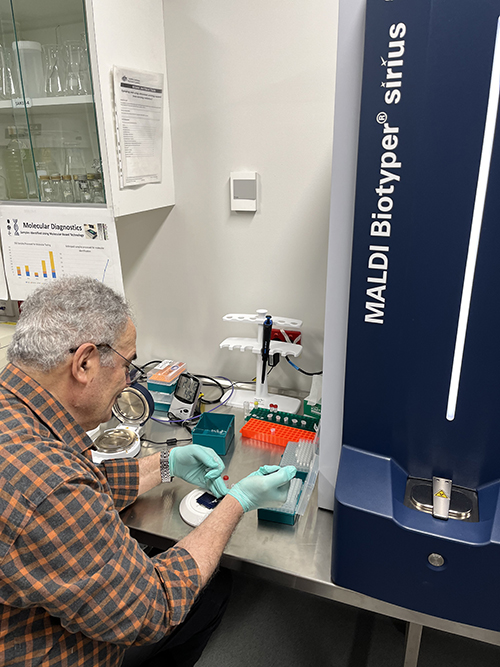
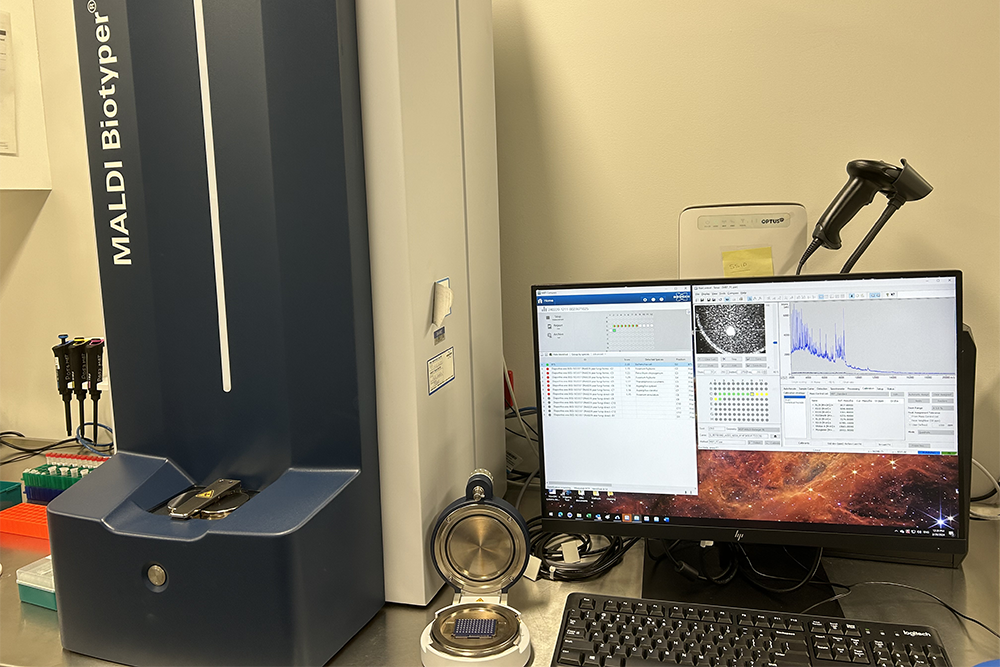
Images - Christopher Nellessen.

